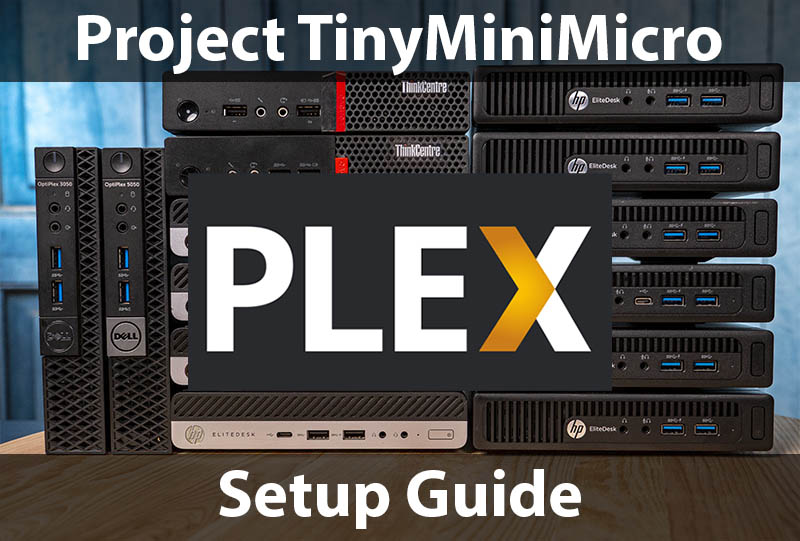


- #Plex mac mini hardware decoding driver
- #Plex mac mini hardware decoding android
- #Plex mac mini hardware decoding windows
The Vega architecture allows LiquidSky to lock a predetermined section of the GPU for each VM. That sort of performance variation is fine for virtual machines in an office setting, but LiquidSky demanded guaranteed performance for its clients. But if four VMs are offline, the rest of the compute power gets shared between the remaining VMs. In most cases, a pool of virtual machines will divvy the available compute resources on the fly, so if 16 VMs are online, each VM will get one 1/16 of the performance. AMD uses a hard split method to segment the GPU and memory buffer together, which is to say the allocation per VM isn’t dynamic. AMD said that in a virtualization situation, you could split Vega into as many as 16 VMs per GPU. AMD’s Vega GPUs offer exactly the feature that LiquidSky was looking for. Dedicating one GPU per client is simply not a sustainable business model-the company needed a solution that could share the resources of one GPU with multiple virtual machines without introducing latency constraints. LiquidSky turned to AMD’s Vega architecture to help stifle its staggering cost of growth. And when the LiquidSky service officially launches, the company hopes to increase its subscriber base, so the company is preparing to bring even more systems online soon. That’s a lot of GPUs to house in data center servers. The service already boasts 1.5 million subscribers across 13 data centers, and it’s still in beta.
#Plex mac mini hardware decoding android
LiquidSky even offers an Android app to let people play their PC games on the go.
#Plex mac mini hardware decoding windows
LiquidSky’s service is accessible through almost any internet-connected device, such as a low-end Windows PC, a system with Linux installed, or a Mac. LiquidSky is a cloud-hosted service that provides gaming class desktop performance for people who don’t have a gaming PC. Because AMD MxGPU uses hardware virtualisation, GPU resources are pre-sectioned off and you can’t go any finer than that.ĪMD announced that LiquidSky, a cloud-based gaming desktop service, committed to adopting its upcoming Vega GPU architecture to power the machines in its 13 global data centers. The downside of the AMD solution, according to Jull, is it is not as scalable and powerful as Nvidia GRID, depending on the user mix. “With Nvidia GRID, it can be more variable because you are creating virtual profiles on the GPU,” he says. As users have access to a dedicated hardware resource, performance is also more predictable. This, he says, makes it slightly easier to deploy and brings down the total cost of ownership (TCO).
#Plex mac mini hardware decoding driver
Jull explains that, because AMD’s GPUs are hardware virtualised, there is only one driver to apply and no software licensing. If you’re doing SolidWorks/Catia it could be down to about eight.” This is based on there being two double-width GPUs inside a single server. “For an AutoCAD-type workflow,” Jull says, “AMD can potentially support up to 32x graphical (CAD) VDIs on a server. AMD offers two PCIe add-in boards, the single-height FirePro S7150 (one GPU) and dual-height FirePro S7150x2 (two GPUs). AMD MxGPU uses SR-IOV (Single Root I/O Virtualisation) technology, a standard way for devices such as network adapters to expose hardware virtualisation. Simply speaking, it means that the GPU is built from the ground up for virtualisation, with all the virtual machine assignments performed inside the silicon, rather than inside software, as is the case with Nvidia GRID. AMD made its long-awaited entrance to graphics virtualisation in September 2015 with the AMD Multiuser GPU (MxGPU), pitched as the world’s first hardwarebased virtualised GPU solution.


 0 kommentar(er)
0 kommentar(er)
